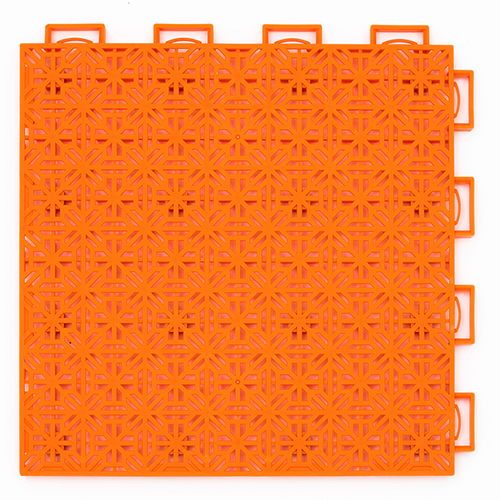10 月 . 19, 2024 15:47 Back to list
basketball court floor installation
Basketball Court Floor Installation A Comprehensive Guide
Installing a basketball court floor is a significant project that requires careful planning, proper materials, and specific techniques to create a high-quality playing surface. Whether you're installing a court for a professional facility, a school gym, or a community center, understanding the process is essential for achieving the best results. This article outlines the key steps involved in basketball court floor installation.
1. Planning and Preparation
The first step in installing a basketball court floor is thorough planning. Consider the purpose of the court - whether it's for competitive play, casual games, or community events. This will help determine the type of surface you will use hardwood, sport tiles, or synthetic materials. Each material has its advantages, with hardwood providing the best performance, while synthetic surfaces often offer easier maintenance and installation.
Next, assess the available space. Measure the area where the court will be installed to ensure it meets the standard dimensions of 94 feet by 50 feet for college or professional courts, or 84 feet by 50 feet for high school courts. Adequate space around the court for spectators, benches, and equipment is also important.
2. Choosing the Right Material
Selecting the appropriate material for the basketball court floor is crucial. Hardwood floors are favored in professional settings for their durability, aesthetics, and excellent ball response. They require proper care and finish but offer superior performance for players.
Synthetic surfaces, on the other hand, are often easier to install and maintain. They are available in various types, including modular tiles or cushioned vinyl, which can provide good shock absorption and traction. Be sure to choose a material that meets the necessary safety standards, ensuring the court is suitable for players of all ages.
A successful installation begins with a properly prepared subfloor. Inspect the existing subfloor for any damage, moisture issues, or uneven surfaces. Ideally, the subfloor should be made of concrete or a stable wood foundation, free from cracks and debris.
basketball court floor installation

Once the subfloor is prepared, moisture testing is essential, especially for hardwood floors, as excessive moisture can lead to warping and other issues over time. If needed, consider using a moisture barrier to protect the wood. Ensure that the subfloor is level, as a uniform surface is crucial for the longevity and performance of the basketball court.
4. Installation Process
With the subfloor ready, the next step is to install the flooring. For hardwood installations, planks are usually laid in a specific pattern that enhances stability and aesthetics. Use a quality adhesive for bonding if applicable, and leave appropriate expansion gaps around the perimeter to accommodate for changes in temperature and humidity.
Synthetic surfaces are typically simpler to install, often featuring interlocking tiles or sheets that can be adhered directly to the subfloor. Follow the manufacturer's instructions closely to ensure proper installation and performance.
5. Finishing Touches
Once the flooring is in place, the court requires finishing touches. For hardwood, sanding and sealing the floor is important to protect the surface and enhance its appearance. Clear finishes can provide a glossy look while also protecting against wear and tear.
Marking the court lines is the next step. Use high-quality, durable paint that can withstand the rigors of basketball play. Standard court markings include the three-point line, free throw lane, and center circle. Ensure that all markings are exact and in compliance with league standards.
6. Maintenance and Care
After installation, regular maintenance is essential to prolong the life of the court floor. For hardwood, implement a cleaning schedule that includes sweeping and using a damp mop without excessive water. For synthetic surfaces, a routine cleaning with appropriate products will keep the surface in good condition.
In conclusion, the installation of a basketball court floor is a detailed process that requires careful thought and execution. By following these steps, you can create a safe and high-performing environment for this beloved sport, ensuring that it serves players and the community for many years to come.
-
Custom Pickleball Court Solutions Convert Tennis & Indoor Builds
NewsMay.30,2025
-
Outdoor Pickleball Court Costs Build & Install Pricing Guide
NewsMay.30,2025
-
Premium Pickleball Sports Courts Custom Design & Installation
NewsMay.30,2025
-
Indoor Pickleball Courts Tennis Court Conversion & Custom Builds Tempe
NewsMay.29,2025
-
Professional Pickleball Court Installation & Tennis Court Conversions
NewsMay.29,2025
-
Grey Synthetic surface-rubber prefabricated track
NewsMar.07,2025

